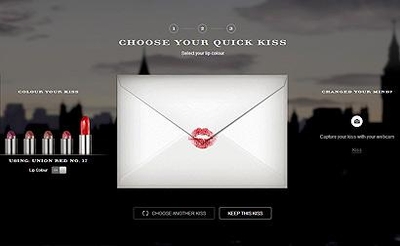
In May, Google
introduced the Engagement Project, which analyzes "how" youth today view advertisements and marketing material. The Gen C generation -- which has less to do with their birth year and more to do with
their attitude -- defines the thought process of young consumers thriving on creation, curation, connection and community.
How do storytellers influence change? In this generation the reason
behind "why" Gen C engages with content becomes just as important as the "how." So to determine the "why," Google partnered with cultural anthropologists, psychologists and digital creators. The
thesis shows that flipping the funnel to connect with those who care most about a product produces better results, compared with blasting a message to many in the hope that one will stick with
someone.
The post from Tara Walpert Levy also calls out companies like GoPro, Starbucks, Amazon, and Warby Parker for their "Engagement Pyramid approach." As she explains, these companies begin by making something people love, invest in higher-engagement media to connect with
people who matter most, and then use their insights and advocacy to build additional scale. It works whether using search engine marketing, social, video, display ads, rich media, or interactive
ads on mobile or desktop.
advertisement
advertisement
The data and experience provides support to share stories. I've highlighted a couple of interesting ads that prompt consumers to engage with the brand. The first --
part of the Art, Copy & Code initiative -- comes from Google and Burberry. It connects personal stories to data. Don't think of it as a rich media or interactive initiative. It would work with
paid search and product listing ads as well.
The Burberry Kisses lip color campaign sealed with a kiss allows people to send personal messages
with a virtual imprint of your real kiss through the PCs, smartphone or tablet camera. Rather than capturing your kiss from a webcam, the ad allows you to choose a kiss from a selection list, along
with lip color. Then fill out your name and email address, recipients name and email address, and message. After the kiss reaches its destination you can share it on Google+, Facebook, or Twitter.
Adobe also recently released a Photoshop campaign to demonstrate the ability to digitally interact with physical
objects and display them instantaneously. As the company explains, it took one Photoshop expert, one bus stop and lots of hidden cameras to demonstrate the power of digital at creative days.
Don't think as a search marketer you can't influence change. You're just limited to less space. Use creativity to
deliver the message.